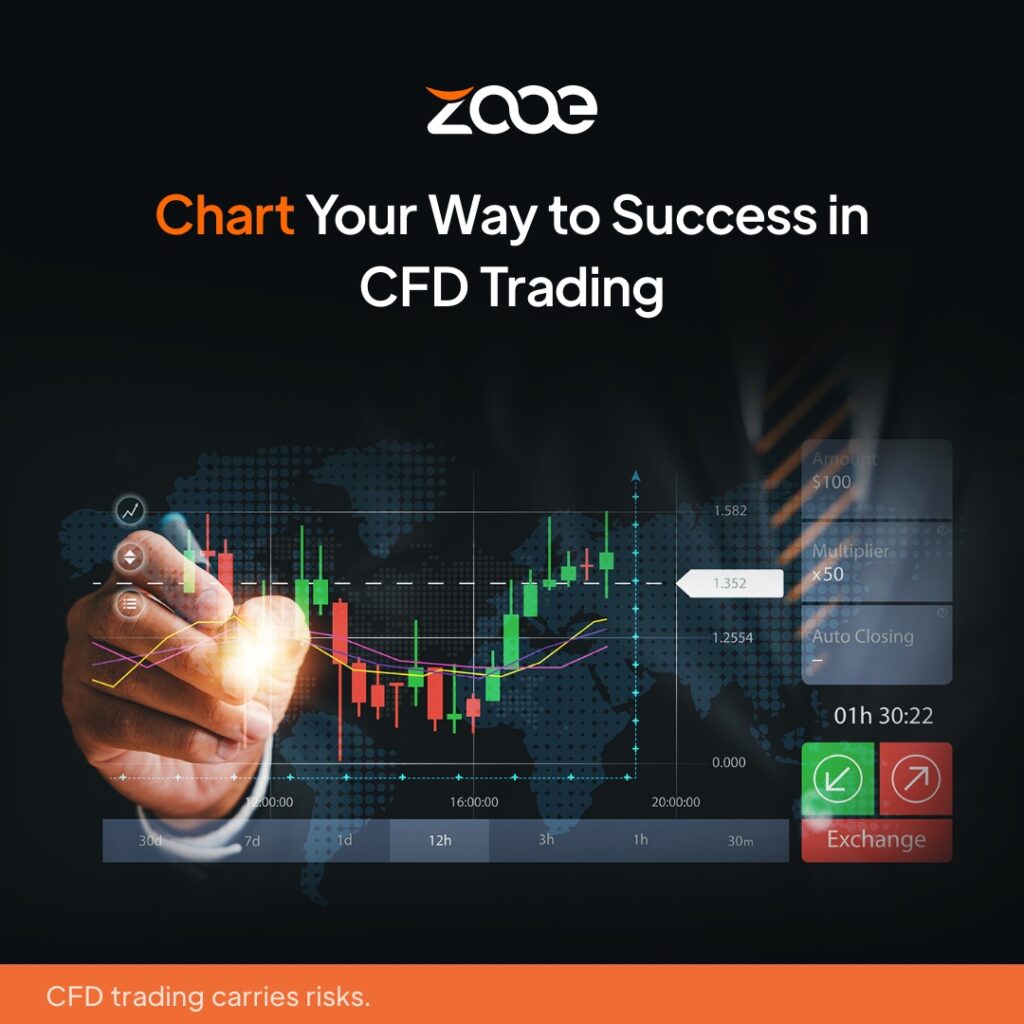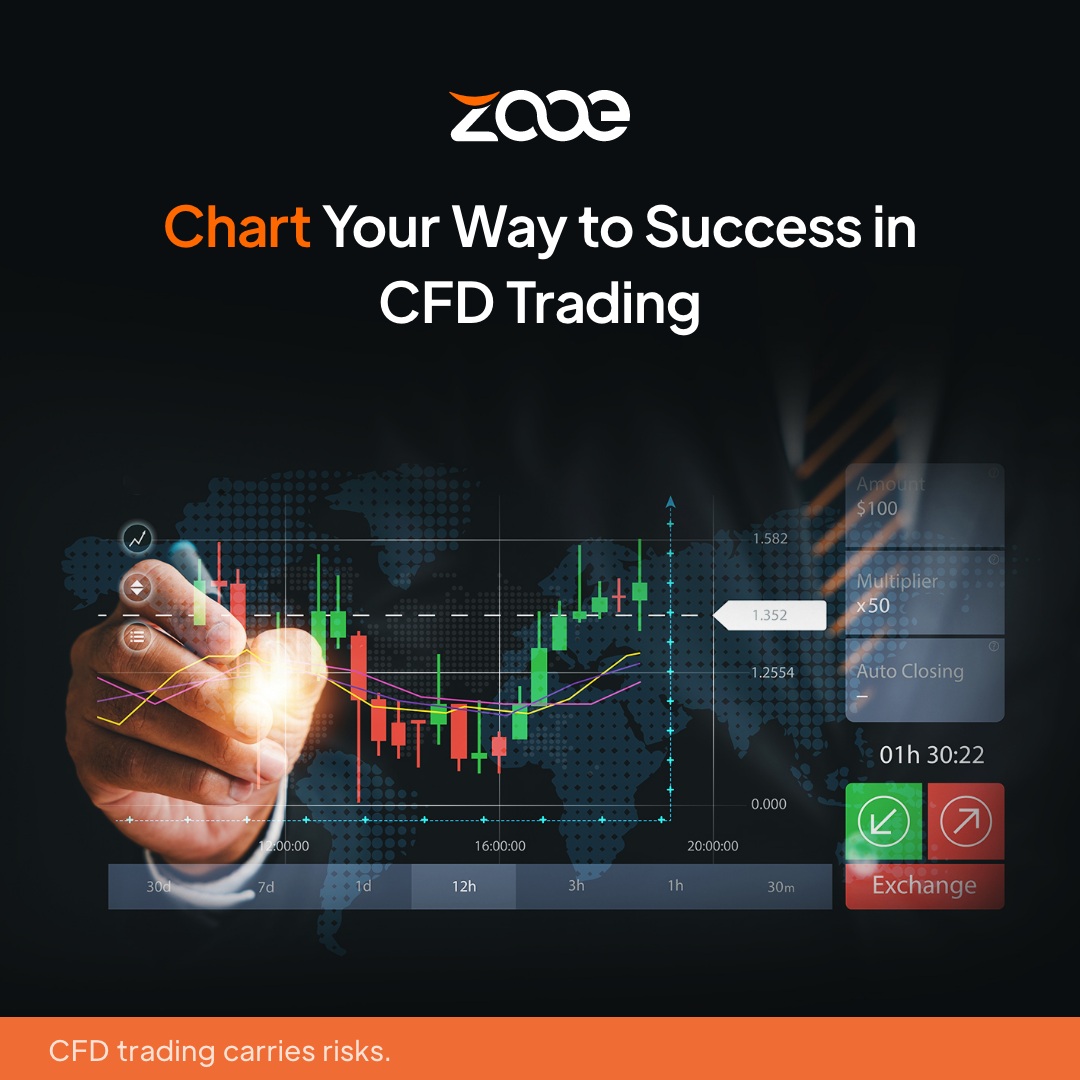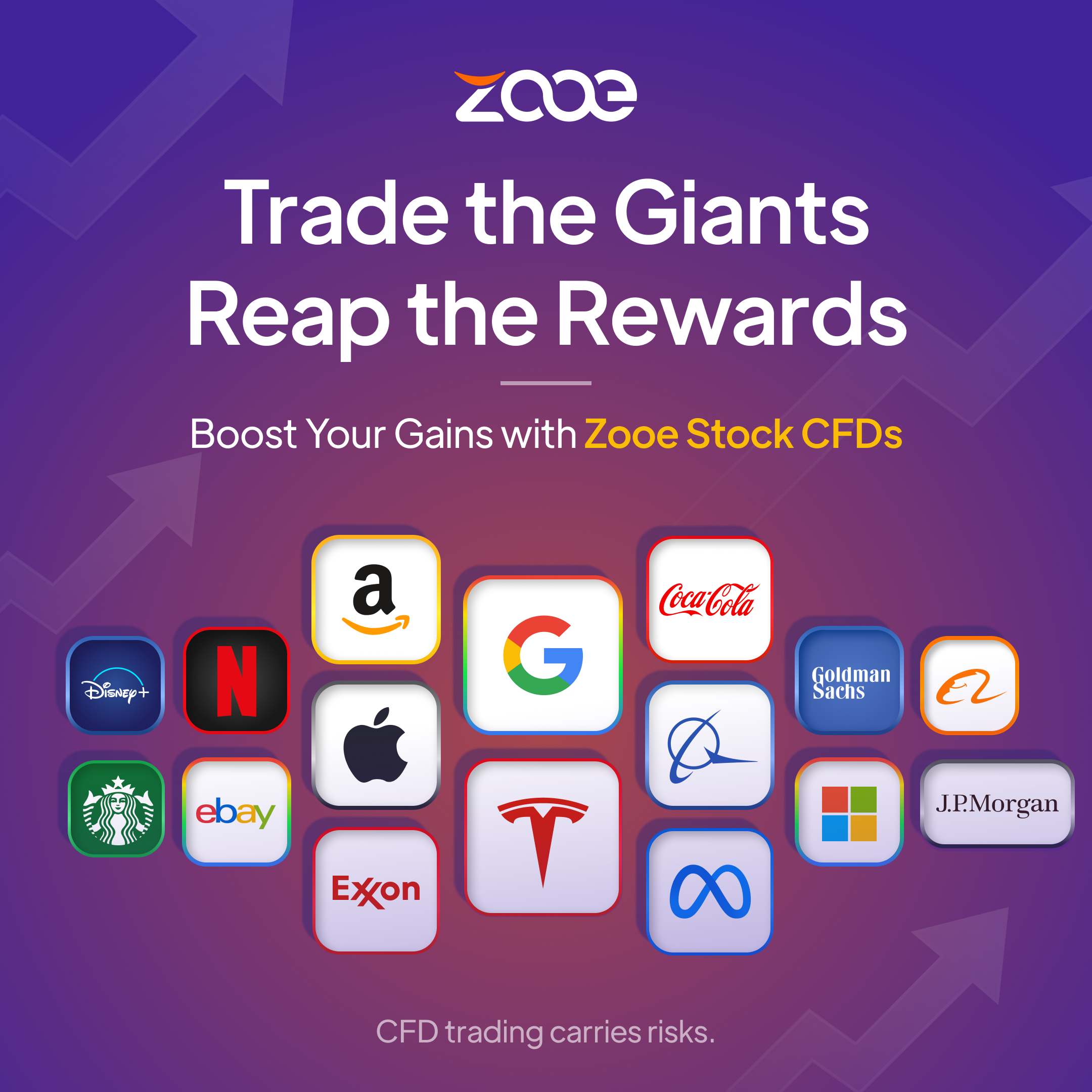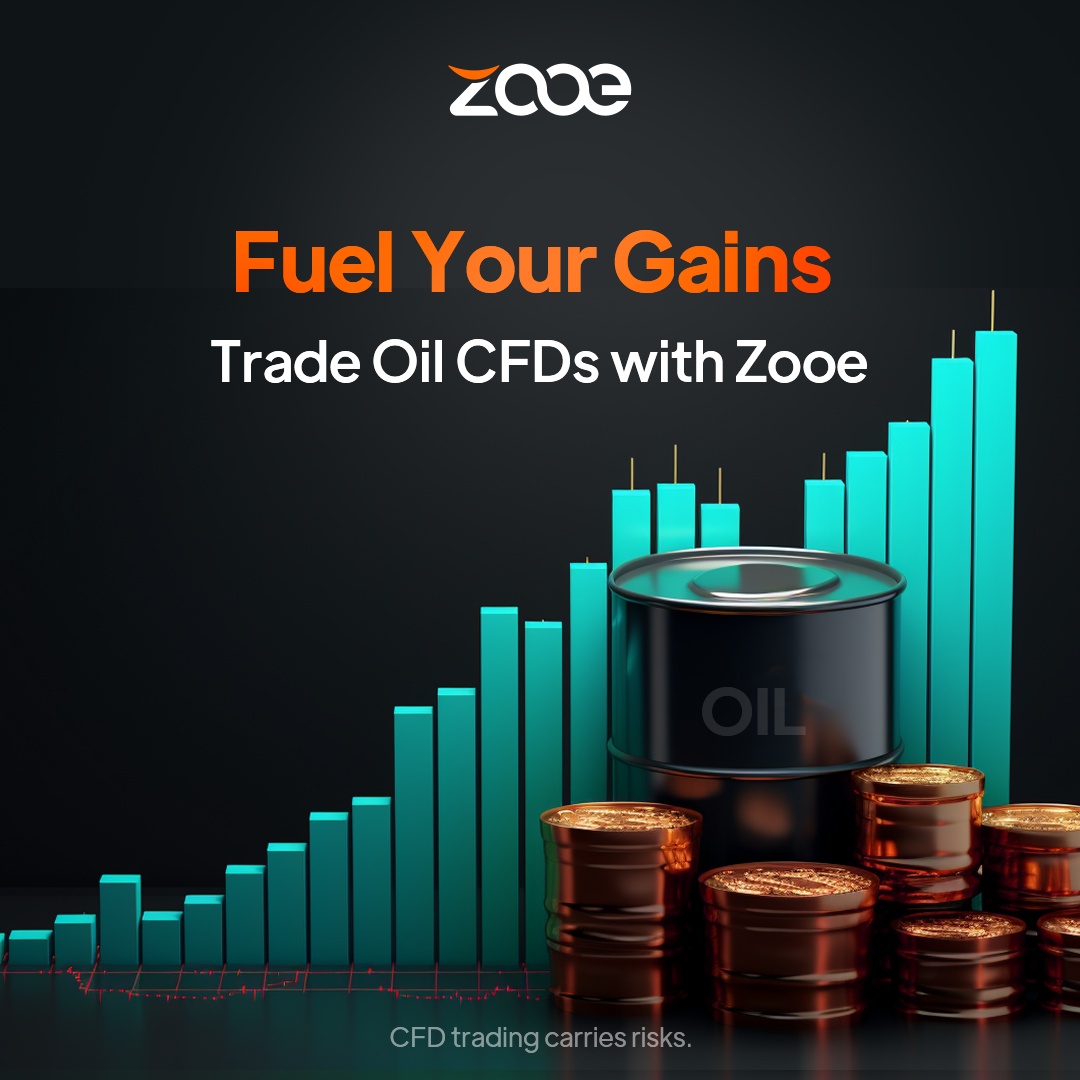Enhancing CFD Trading Strategies: A Comprehensive Guide to Mastering Various Chart Types with Zooe’s Expertise

Navigating the fast-paced world of Contract for Difference (CFD) trading demands not only a keen understanding of market dynamics but also a mastery of the tools that reveal these dynamics—charts. Each chart type offers a unique lens through which to view the markets, providing insights that can guide both new and seasoned traders towards more informed decisions.
Line Charts: The Foundation of Market Analysis
Line charts connect the closing prices of a financial instrument over a selected time frame, offering a stripped-down view that’s perfect for spotting overarching price trends. These charts are invaluable for their simplicity, making them ideal for those new to market analysis or traders who prefer a minimalist approach.
Bar Charts (OHLC): Detailing Market Sentiments
Moving beyond the simplicity of line charts, Bar charts introduce a detailed breakdown of each trading period through Open, High, Low, and Close (OHLC) prices. This not only shows the price range of a session but also provides insights into the volatility and the internal market dynamics within that period. Such details are crucial when preparing to make precise entries or exits.
Candlestick Charts: Visual Storytellers of Market Psychology
Candlestick charts enhance the visual storytelling of bar charts with a color-coded system that makes it easier to discern market movements at a glance. These charts are particularly favored for their ability to highlight potential market reversals or continuations through specific patterns, making them staples in the trader’s toolkit.
Heikin-Ashi Charts: Smoothing Out Price Volatility
Heikin-Ashi, a variation of the traditional candlestick, uses a formulaic smoothing technique that helps traders identify trends more clearly and filter out excessive market noise. These charts are especially useful in maintaining positions during trending phases by helping to avoid premature exits based on minor price fluctuations.
Point and Figure Charts: Ignoring the Noise
Point and Figure charts are distinct in that they completely disregard the time element and focus solely on significant price movements. This focus helps in clearly identifying key support and resistance levels, which are pivotal for setting strategic stops and target prices.
Moving Averages: Trend Confirmation Tools
Moving averages are critical for smoothing price action to confirm trends over a given period. They are particularly effective in signaling entry and exit points through crossover strategies, where short-term and long-term moving averages cross over each other.
Each chart type serves specific strategic purposes, from confirming trend directions to pinpointing market reversals. The right chart can dramatically increase the effectiveness of your trading strategy, offering a clearer path through the often tumultuous financial markets.
Risk Considerations
As with all trading, CFDs carry a risk, potentially resulting in losses greater than your initial outlay. It’s crucial to approach trading with a clear understanding of these risks, and consider your personal investment objectives and level of experience. Seeking advice from an independent financial advisor can also provide further clarity.
Understanding and utilizing various chart types can enhance your ability to make well-informed trading decisions, leading to more effective management of trading activities within the volatile CFD market.





